Understanding When Girls Need Training Bras: A Detailed Guide
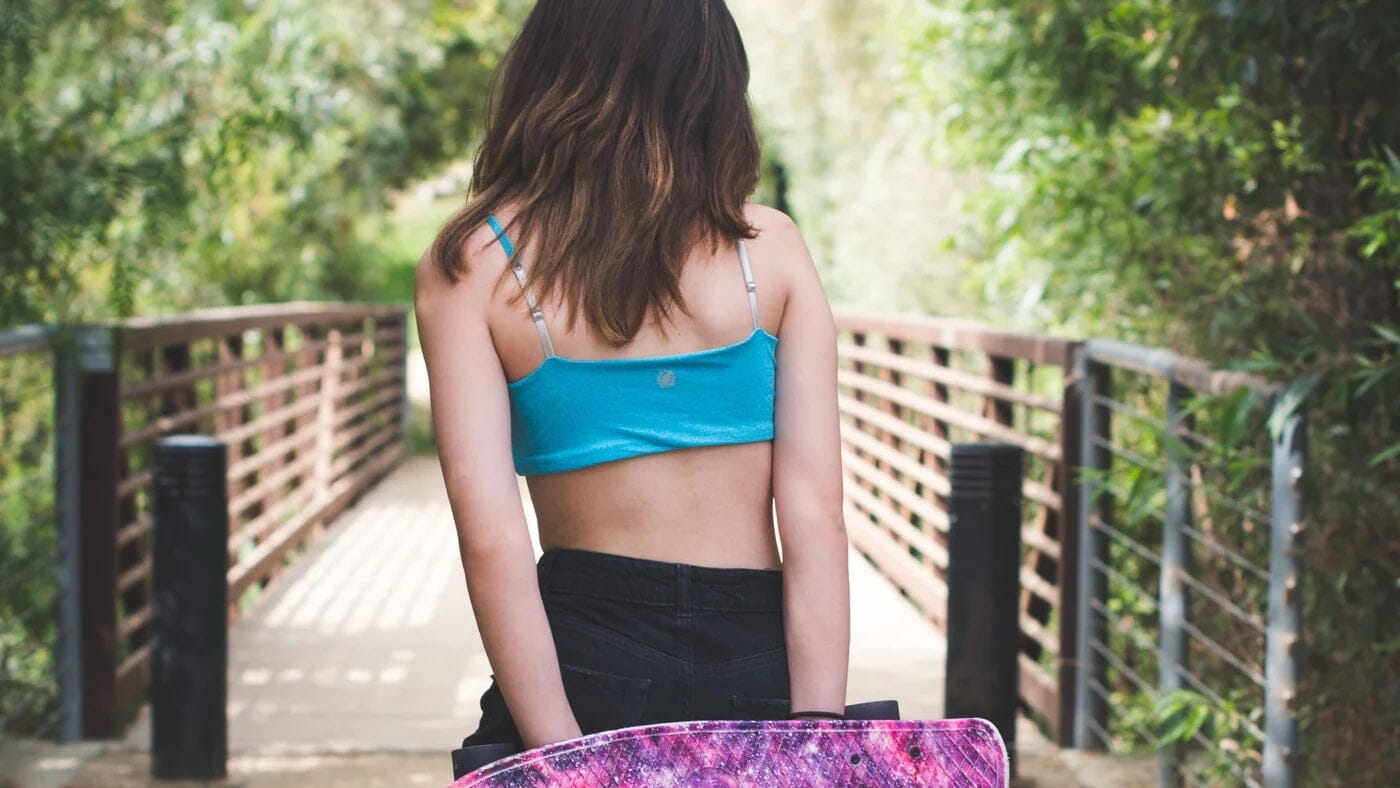
Transitioning from childhood to adolescence is an exciting time, but it can also be confusing for both girls and their parents. Among the many changes that occur, physical development is a key one as her body starts to mature. It’s important to help her feel secure and confident during this tricky period.
So, when do girls need training bras?
Understanding the answer can make this transition smoother and more comfortable for everyone involved.
What Is a Training Bra?

A training bra is a lightweight, unstructured bra designed for young girls who have just begun to develop breasts. It's typically made without underwire and offers light support, focusing instead on providing comfort and ease during the early stages of puberty. The term "training bra" can be somewhat misleading, as it doesn't train the breasts in any way. Rather, it serves as an introduction to wearing bras and helps young girls become accustomed to the feeling of wearing one, easing the transition into more structured bras as they grow older.
When Do Girls Need Training Bras?
"When do girls need training bras?" is a question many parents ask. Generally, girls need a training bra when they begin to show signs of breast development. They help protect sensitive developing breast tissue, reducing any discomfort that might come with wearing tight clothing.
This stage can happen as early as age eight or as late as age 13, depending on the individual girl’s pace of development. There is no one-size-fits-all answer, but this range is a good general guideline.
Moreover, you can look for physical tell-tale signs like:
- The Budding of Breasts: This is usually the first stage of breast growth, where small, firm lumps can be felt under the nipples.
- Increased Sensitivity in the Chest Area: Many girls experience increased sensitivity or tenderness in their chest area as their breasts begin to develop.
- Discomfort Without a Bra: Your daughter may start to feel uncomfortable or complain about her chest when wearing regular clothing
Psychological and Social Readiness

Other than physical changes, it's also about recognizing social and emotional readiness. Some girls might feel self-conscious about their developing bodies. Wearing a training bra can help them feel more secure and less exposed, which is particularly important in social settings like school or sports activities.
They can also foster a sense of belonging. As friends and classmates start wearing bras, having one too can make a girl feel included and less anxious about her development. This sense of normalcy and acceptance can boost her self-esteem during this pivotal time.
Comfort is another significant benefit. Training bras are designed to be soft and comfy, ensuring that young girls can go about their daily activities with ease as they adjust to their growing bodies.
Choosing the Right Training Bra

With so many options available, choosing the right training bra can quickly become overwhelming. Here’s a rundown of the different types, with each offering various levels of support and comfort:
- Sports Bras: These are made of stretchy, durable materials that keep everything in place.
Our Suggestion: The Aster Organic Racerback Bra provides maximum support, making it perfect for active girls who need extra stability during sports or exercise.
- Bralettes: Great for everyday wear and made from soft, lightweight fabrics, bralettes offer less structure but plenty of comfort. They look like crop tops and usually have an elastic band instead of structured cups.
Our Suggestion: The best training bra for young girls is the Bleum Bra, which provides all-day comfort with its soft, breathable material.
- Padded Training Bras: These come with light padding to offer a bit more shape and modesty. They’re an ideal option for girls who might feel self-conscious and want a little extra coverage.
Our Suggestion: The Bleum Petal Bra with sewn-in pads provides extra comfort and a smooth outline, which is great for everyday wear.
- Crop Tops: Crop tops are a good transitional option before moving on to more structured bras. They provide light support and coverage, and are perfect for layering under clothes.
Our Suggestion: For a super comfy and relaxed fit, give the Bleum Cami Bra a go. Wear it on its own or layer it under a shirt.
- Camisole Bras: A blend of a camisole and a bra, these provide light support and are seamless, making them perfect for wearing under tighter clothes. They offer a flawless silhouette and can double as a layering piece.
Our Suggestion: Combine the simplicity of a camisole with the added support of a built-in bra with the Shelf Bra Girls Camisole.
Fitting Tips

To achieve maximum comfort and support, you need to make sure you get the fitting right.
|
Step |
Description |
|
Measure the Band Size |
Use a soft measuring tape to wrap around your daughter’s rib cage, just under her bust. The tape should be snug but not tight. This measurement gives you the band size. |
|
Measure the Cup Size |
Measure around the fullest part of her chest. Subtract the band size from this measurement to find the cup size. For instance, if her chest measures 30 inches and her band size is 28 inches, the difference is 2 inches, which usually corresponds to a B cup. |
|
Try Different Styles |
It’s important to try on different styles and sizes to find what feels best. Encourage your daughter to move around to check for any pinching or sliding. |
|
Adjustable Straps |
As your daughter grows, being able to adjust the straps can extend the bra’s usefulness. |
|
Comfort First |
If it feels too tight or restrictive, it’s not the right choice. The material should be soft and breathable, making sure your daughter feels good wearing it all day. |
What Is the Difference Between a Training Bra and a Cup Bra?

The world of bras is filled with choices, each designed to suit different needs and stages of development. From the gentle embrace of training bras to the more structured support of cup bras, let's explore their unique roles in a girl's life.
Training Bras
- The Basics: Training bras are like that favorite soft tee you always reach for – simple, comforting, and familiar. Made with soft, breathable fabrics, they often have minimal seams, ensuring a smooth appearance.
- Support and Coverage: These are a gentle introduction, offering light coverage and minimal support, perfect for the early stages of growth.
- Features: All about comfort, most training bras skip wires or thick padding. They're easy to wear, often in pull-over styles or with simple clasps.
- Best For: Young girls taking their first steps into womanhood, needing just a touch of support and coverage.
Cup Bras
- The Basics: Cup bras are like the next chapter in a young girl’s story. They're a bit more structured and tailored, made to contour and support more developed breasts.
- Support and Coverage: Offering a bit more, they embrace the natural shape of the breasts with designed cups.
- Features: They typically come with adjustable straps, back closures, and sometimes underwires or padding for added shape.
- Best For: Those ready for a more defined fit, whether older teens or adults, especially when more coverage and shaping is desired.
When to Transition From a Training Bra to a Regular Bra?

Choosing the right bra is a personal journey, and it's not solely about age. While many begin exploring regular bras around 12, everyone's growth is unique. Knowing when to transition from a training bra to a standard one is also an important step in a girl's development.
Here's how to gauge if it's time to switch:
- Body Changes: If your breasts have developed beyond initial buds or your training bra feels snug, it might be time for a change.
- Seeking Support: Need more support during activities? A regular bra might offer the stability you're looking for.
- Fit and Comfort: If she can fill a B-cup or larger, transitioning to a standard bra will fit and feel better.
- Stay Curious: Explore different styles and fits to discover what suits you best.
Remember, the key is comfort and confidence. Listen to your body and choose what feels right for you.
Choosing the Right Bra With Bleuet

Adolescence is filled with changes, and one of the most personal transitions is finding the right bra. At Bleuet, our thoughtful range ensures that every girl finds her perfect match, no matter where she is in her development.
Starting the Journey

Our Bleum bras are like a warm welcome into the world of bras. Soft, gentle, and offering just the right touch of coverage, they're designed to make this introduction as comforting as possible.
Embracing Growth

As girls grow, so do their needs. Our Iris Soft Cup Bra is tailored for those who've moved past the initial stages, offering a blend of support and comfort that's just right for more developed bodies.
For the Active Ones

We recognize that girls have diverse needs, and our Bleum Active bras are perfect for those who are sporty or prefer a snug fit. They provide support and flexibility, ensuring nothing holds you back.
Sustainability, Style, and Quality
Our commitment at Bleuet goes beyond just bras. We champion responsible fashion and eco-consciousness, making sure each piece is crafted with care. For instance, our Bleum Bamboo Neutral Bras are planet-friendly, as they are made from exceptionally soft, sustainable bamboo. They also boast a versatile reversible design. Simply, our collection reflects a deep understanding of the unique needs during this transformative phase.
With Bleuet by your side, your girl can confidently go into the next chapter of life, knowing they’re supported every step of the way. Whether they’re just starting out or ready for something more structured, we’ve got the perfect fit.
Conclusion
When do girls need training bras? Knowing the answer to this question is key to their development. It's a blend of personal comfort, physical development, and societal norms. Girls typically begin wearing training bras between the ages of 8 and 13, when they show signs of breast growth and increased chest sensitivity.
While training bras serve a purpose during the initial stages of puberty, recognizing when to transition is also crucial. This is usually when the training bra feels tight or uncomfortable and no longer provides adequate support.
As caregivers, parents, or guardians, it's our responsibility to guide and support young girls during this transformative phase, ensuring they feel confident and comfortable in their skin. Encouraging her to share her feelings and involving her in the process will help her feel confident and supported during this important stage.
FAQs
What age do most girls need a training bra?
When it comes to the age a girl starts wearing training bras, most typically need them between the ages of 8 and 13, depending on when they begin to show signs of breast development. Every girl is different, so it’s important to look for physical cues like the appearance of breast buds and any discomfort she might feel without a bra.
How do you know when your daughter needs a training bra?
You'll know your daughter might need a training bra when she starts showing signs of breast development, like breast buds, and if she feels discomfort wearing regular clothing. Pay attention if she starts asking for more privacy during changing or mentions feeling sensitive in her chest area.
Is 7 too early for a training bra?
While 7 is a bit early for most girls, it's not unheard of. If your daughter is starting to show signs of breast development and feels uncomfortable without support, it might be the right time for her to start wearing a training bra. Every girl develops at her own pace, so it's important to consider her individual needs.
Should I let my 9-year-old wear a bra?
If your 9-year-old is showing signs of breast development and feels ready for a bra, it's perfectly fine to let her start wearing one. Comfort and confidence are key, so if she feels more secure with the support of a training bra, go ahead and support her in this new stage of growth.



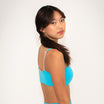
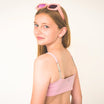
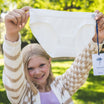


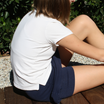
Leave a comment